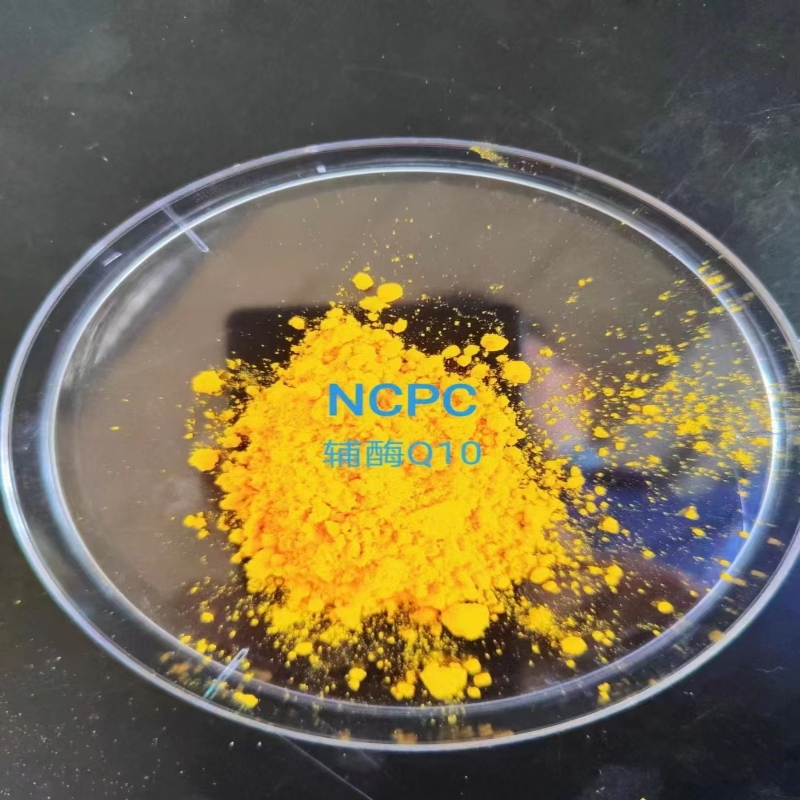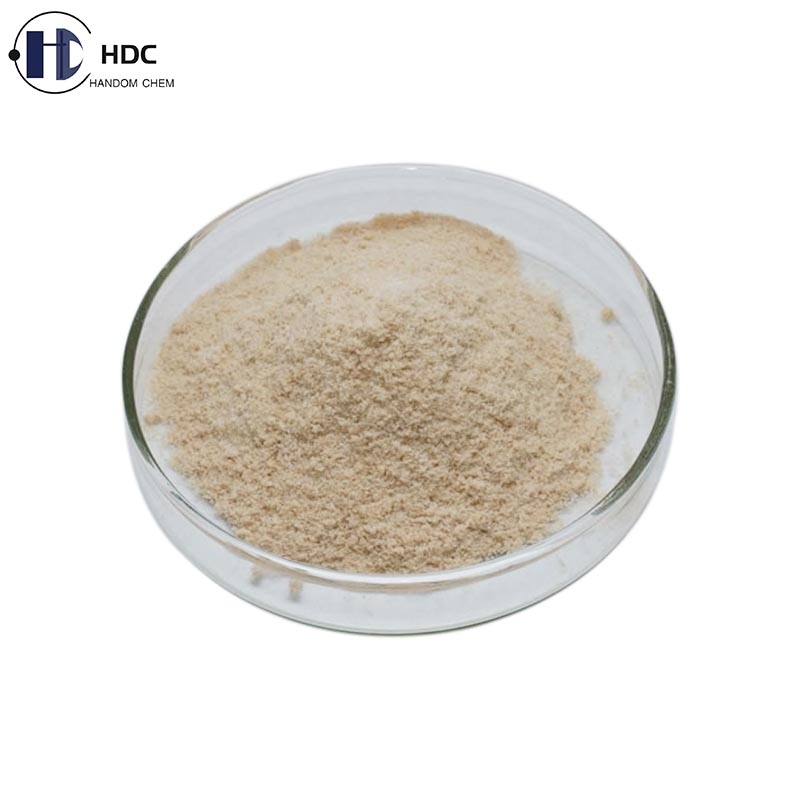-
Categories
-
Pharmaceutical Intermediates
-
Active Pharmaceutical Ingredients
-
Food Additives
- Industrial Coatings
- Agrochemicals
- Dyes and Pigments
- Surfactant
- Flavors and Fragrances
- Chemical Reagents
- Catalyst and Auxiliary
- Natural Products
- Inorganic Chemistry
-
Organic Chemistry
-
Biochemical Engineering
- Analytical Chemistry
-
Cosmetic Ingredient
- Water Treatment Chemical
-
Pharmaceutical Intermediates
Promotion
ECHEMI Mall
Wholesale
Weekly Price
Exhibition
News
-
Trade Service
The G-four-stranded body is a DNA secondary structure with four strands of nucleotide chains connected by one or more rich G sequences through the Hoogsteen hydrogen bonds within or between molecules, and specific cations (K-, Na, NH4-, etc.) are located in the center of the structure to further stabilize the structure.
relative to double-stranded DNA, G-four-strand structure has ion dependence and presents different structural forms according to the different characteristics of rich G sequence, thus providing different identification points for many bio-organic small molecules.
these small molecular compounds can not only identify specific configurations of G-four chains, the formation of complex structure can also show special biological activity.
, the compound formed by G-four-stranded and high-speed hemolyxin (hemin) shows catalytic activity of peroxidase, so it is called G-four-chain/hemin DNA (G4/hemin DNAzyme), also known as G-four-chain peroxide enzyme.
, G-four-stranded peroxidase is currently used as an artificial enzyme or catalyst in a variety of fields, including bioanalytical analysis, molecular machines and DNA sensors.
compared with traditional catalytic enzymes, it has the advantages of low cost, easy operation and high stability, which makes it more important to explore the internal mechanism of catalysis and enhance catalytic activity.
, however, only some empirical conclusions have been drawn from studies, such as hemin's preference for binding to parallel or hybrid G-four-stranded bodies, where hemin mainly functions with G-planes at the 3' end of parallel G-four-stranded bodies.
In order to explore the internal mechanism, general law and establishment of an efficient catalytic system of G-four-chain peroxidase catalysis, yan Renjun, researcher of Suzhou Nanotechnology and Nano Bionics Research Institute of the Chinese Academy of Sciences, carried out a series of work.
project team studied the introduction of polar turning points at different locations in the d (G3TG3TG3TG3) sequence (short for TTT, which mainly forms parallel G-four chains within molecules), i.e. design 3'G5'-5'GGTG3TG3TG3',3' (G55TTT), 3'G3TG35'-3'. The four sequences of 5'TG3TG3-3' (TG55TT), 5'G3TG3TG3TGG3'-3'G5' (TTTG33) and 5'G3TG3'-3'G3TG3-5' (TTG33T) explore the effects of different sequence modifications on structural formation and stability.
experimental results show that the above modification will not change the parallel configuration of the structure, however, the introduction of different polar transition points has an important impact on the structural stability of G-four-chain body and the accumulation of structural ends: for example, when a G-chain structure at the end of the sequence is transpedited, the stability of G-four-chain structure and the accumulation of ends between molecules are correspondingly enhanced, so the G-four-chain body formed by the modified rich G sequence Increased interaction with molyblin molecules (e.g. NMM and hemin) is conducive to increasing the catalytic activity of G-four-stranded peroxidase, wherein, if a transition point is introduced in the middle position of the sequence (near the intermediate T-base), the stability of the G-four-chain structure and the accumulation of the end between molecules are correspondingly reduced, which is not conducive to the binding of the four-stranded DNA structure to hemin (Figure 1).
the study was published in Wiley's journal, Chemistry-A European Journal.
project team selected a shorter d (AGGGGA) sequence as the initial study object, which mainly forms a four-molecule parallel G-four chain, the end of the A base as an acid-base catalyst is conducive to further enhance the catalytic activity of the system.
experiment, the 8th bit of G base in the d (AGGGGA) sequence was selectively modified by bromide, which changed the transverse isomer of ostrich nucleosides and obtained the end G-plane of different configurations.
design d (AGBrGBrGGA) (F12), d (AGBrGGGBrA) (F14) and d (AGBrGGBrGA) (F13) three sequences, forming a four-chain structure (Figure 2A-2D).
2E-2F shows that the fluorescence properties and catalytic activity size sequences after they are combined with the molybic molecules NMM and hemin are: AG4A.
hemin affinity test experiment is consistent with the above results, it can be concluded that the catalytic activity of parallel G-four-chain body is greater than anti-parallel G-four-chain body mainly because the structure contains 3' - end G-plane, and the end G-plane reverse bird ostrich nucleoside is more conducive to combining with hemin to play catalytic properties.
this basis, the research team further modified the d (AGGGGA) sequence - introducing polar turning points at different locations of the sequence, designing 3'AG5'-5'GGGA3' (AGS55), 3'AGG5'-5'GGA3' (AG55), 5'A3'-3'GG5'-5 'GG3'-3'A5' (A33G55), 3'A5'-5'GG3'-3'GG5'-5'A3' (A55G33) and 5'AGG3'-3'GGA5'(AG33) five sequences, forming a four-chain structure (Figure 3).
, the results showed that their catalytic activity size sequence was AG55-gt; AGS55-A33G55;A55G33;AG4A-gt;AG33 (Figure 4).
combined with the results of the hemin affinity experiment, it can be concluded that increasing the number of 3'-end G-plane and 3'A base can increase the catalytic activity of G-four-chain peroxidase.
the study was published in The Journal of TheChemical Science of Royal Society of Chemistry.
team designed G-four-stranded peroxidase with acidic dependence.
Most of the G-four-stranded peroxidases currently reported show better catalytic activity under pH-weak alkaline solution conditions, and the above experimental results show that when the G-four-chain sequence contains multiple end A bases, the catalytic activity in weak acidic solution is better under abTS-H2O2 system.
to further design the acid-dependent G-four-stranded peroxidase, the team introduced the -CCCCCCC (-C7) fragment, or d (AG4AC7), at the 3' end of the d (AG4A) sequence. ), the sequence can be assembled in a specific acidic solution as a "G-four-stranded body plus I-motif" alternating supermolecule DNA structure, in neutral or alkaline solution is mainly in the form of single-stranded or not completely complementary double-stranded.
, d (AG4AC7) shows strong catalytic activity when and only if the system is under weak acid conditions (pH 4.5-6.0).
same principle, the two sequences d (AGBRGGBrGAC7) (F13C7), 3'AG5'-5'GGGACCCCC3' (AGS55C7) show similar characteristics to the compound structure formed by hemin.
3'AGG5'-5' GGACCCCC 3' (AG55C7) sequence, the four-molecule G-chain formed by the 3'AGG5'-5'GGA3' fragment has very strong thermal stability (SO AG55C7 assembles the supermoleal structure under acidic conditions and exists in the form of a four-molecule G-chain monosynot under non-acidic conditions, so that the catalytic activity of the sequence is limited by pH (Figure 5).
the study was published in the journal Chemical Communications (DOI:10.1039/D0CC03082A), a journal of Royal Society of Chemistry.
()







